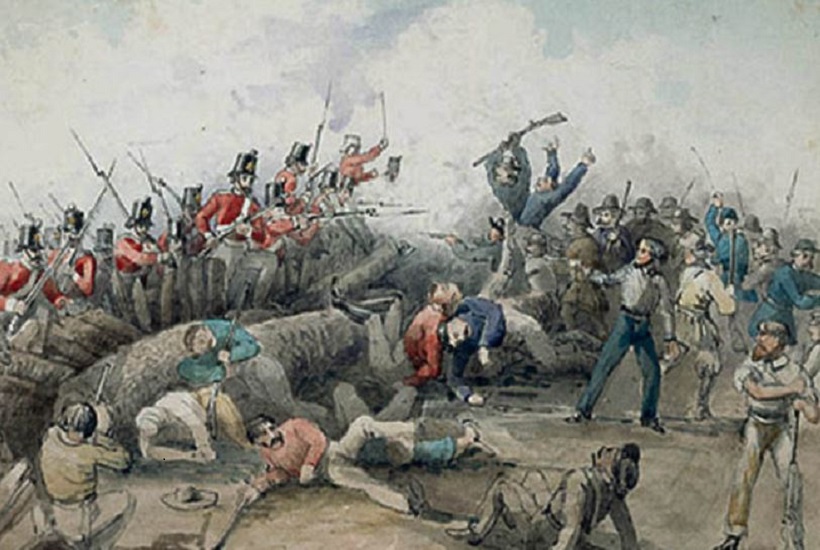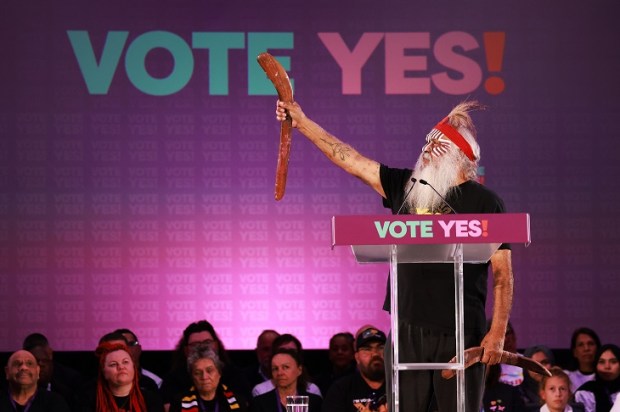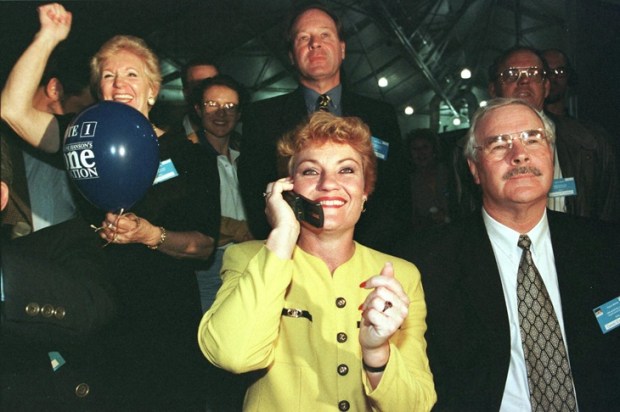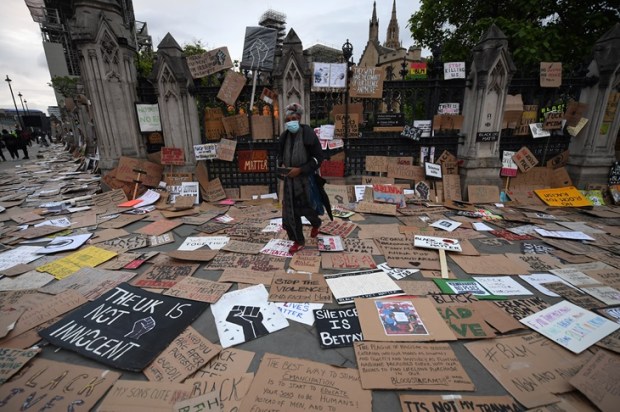The Andrews Government has announced a royalty hike for gold, intended to remedy budget deficits largely caused by the state’s infrastructure spending spree. The move comes despite Treasurer Tim Pallas and Daniel Andrews’ claims that the state government is also “responsibly” borrowing to fund infrastructure that will pay for itself down the road. The 2.75 per cent gold tax will take effect from the start of next year.
Pallas asserts that it is “preposterous” that Victoria did not previously levy a special mining royalty for gold. Yet this ignores the effect that such a royalty would have on productivity and jobs.
Not only was the idea never taken to the 2018 state election, but it also comes with virtually no consultation with those affected. Stephen Jeffers, general manager of Castlemaine Goldfields: an employer of 160 workers and 70 to 80 contractors, told The Age that “There was no consultation at all, there were no hints of it anywhere”.
Even groups who represent or advocate for the affected stakeholders, such as the Australian Taxpayers’ Alliance, or the Minerals Council of Australia who represent the mining industry, were never asked for input.
Castlemaine Goldfields brings in around $70 million revenue from gold each year, but costs about $70 million per year to run, according to Stephen Jeffers. “The impact of this royalty, as stated, is about $2 million, so then our costs become $72 million a year.” In order to cope with the tax, the mine will have to either somehow significantly lower costs, most likely by laying off staff or scaling down operations or close down entirely.
Labor says that they support regional development. Yet the new royalty will clearly work against economic growth in regional areas where mining is crucial for jobs and wealth creation.
The new royalty will make the Victorian mining industry even less competitive compared to other states, undermining incentives to invest. The Fraser Institute found in their annual survey of mining companies in 2018, that Victoria ranked 54th out of 83 global jurisdictions: lower than any other Australian state besides Tasmania, and ranking just one position lower than Zambia.
The royalty is expected to bring in $56 million over four years, which on average would be $14 million per year. For scale, let’s take a look at some planned expenditure in Labor’s 2019/20 budget for Victoria, taken directly from budget.vic.gov.au:
- $106 million to build new campsites, upgrade outdoor facilities and reduce camping fees.
- $115 million to support and promote women’s participation in sport.
- $128 million for the Geelong Performing Arts Centre redevelopment.
- $175 million in grants for community sport infrastructure
It’s hard to understand what kind of parallel universe the Andrews government must be living in, where it is worth sacrificing a large chunk of an entire industry, one that thousands of regional Victorians depend on for their livelihoods, to recoup not even half the cost of redeveloping a performing arts centre in a small city in four years. And this is assuming that all the gold royalties still get paid despite the likelihood that they will simply drive some of the enterprises they affect out of business.
Of course, these small-ticket purchases are nothing compared to some of the bigger projects which Labor has pledged to fund:
- $402 million to build, expand and renovate non-government schools.
- $545 million to expand Solar Homes as part of a $1.3 billion investment over ten years.
Hiking taxes on the regional Victorian economy, while simultaneously increasing subsidies to private schools, seems bizarrely out-of-place for a Labor government.
In any case, the notion of using gold royalties to help fund massive cash splashes like these is like trying to put out an active volcano by using an ice cube.
The Victorian government would apparently sacrifice quality jobs and economic growth before it considers decreasing spending on taxpayer-subsidised solar panels for property owners by 10 per cent for one year.
Notably, in doing so, Daniel Andrews has ignored research showing that such government mandates to push renewable energy into Australian electricity grids have made our electricity more expensive and less reliable by helping to drive coal-fired power stations into premature retirement.
But facts will never stand in the way of a government that is determined to swing the pendulum in the direction of a centrally-planned economy.
If the Victorian government has any interest in fostering economic development in regional Victoria, they will immediately abandon the gold royalty and resort to cutting overspending and waste instead.
Jack Johnstone is a research associate with the Australian Taxpayers’ Alliance.
Illustration: National Museum of Australia.
Got something to add? Join the discussion and comment below.
Got something to add? Join the discussion and comment below.
Get 10 issues for just $10
Subscribe to The Spectator Australia today for the next 10 magazine issues, plus full online access, for just $10.


























Comments
Don't miss out
Join the conversation with other Spectator Australia readers. Subscribe to leave a comment.
SUBSCRIBEAlready a subscriber? Log in